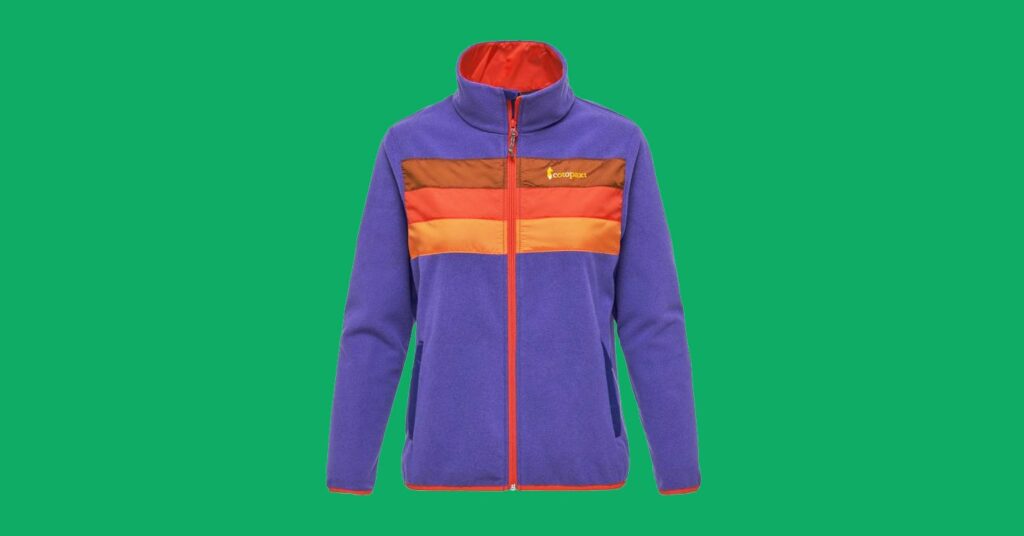Our Favorite Cold-Weather Gear for $100 or Less
These coats, gloves, and other winter essentials will keep you bundled up and under budget….


Whether you’re shopping our recommendations or browsing cold-weather gear on your own, we spoke to a few experts to get some advice.
Buy Your Gear Off-Season
Nick Drew, founder and CEO of WeThrift, says the best time to shop for winter apparel is January through March, when retailers put cold-weather gear on clearance. You can usually save on infrequently discounted items like coats and boots, too.
If you’re seeking the absolute lowest rock-bottom prices, shopping secondhand or hitting up a store like Burlington are good options, but with the ongoing pandemic and social distancing recommendations, it’s safest to avoid shopping in person for now.
Natural vs. Synthetic Materials
As we mention in our guide to the best base layers, some folks swear by wool and other natural fibers, while others are devoted to synthetics. Both textile types have their pros and cons. Liz Wilson, VP of product creation at Outdoor Research, says “the best materials depend on the climate, temperature, and personal body temperature.”
Mike Joyce, president and CEO of PrimaLoft, agrees: “When dressing for cold-weather climates, you need to consider the temperature, amount of moisture you’re likely to encounter, as well as what activity you will be doing.”
If you’re active, you may need to prevent overheating. If you’re in a wetter climate, Joyce says, “it’s important that you choose apparel that can withstand those elements.” Synthetics tend to dry quickly, but wool and other natural materials are usually warmer.
Both types can be layered, or you can opt for a blend. Be careful of blends, though. Drew says that composition percentages are key, according to apparel retail industries. In general, acrylics and artificial fabrics “won’t keep you nearly as warm as wool.” But an item advertised as “made from wool” may have low percentages of it.
Here are a few of the fabrics in the apparel we’ve listed:
- Rayon is a semi-synthetic fiber made from natural cellulose fibers. Rayon by itself is usually slippery (similar to silk or nylon). It’s absorbent but not very warm. It’s often used in a blend of other fibers.
- Acrylic is a synthetic fiber made from a polymer. Acrylic clothing usually contains a blend of acrylic and other fibers. Acrylic dries pretty quickly, and it’s good at trapping heat.
- Modal is a type of rayon made from specific types of high-quality cellulose. It’s soft, stretchy, absorbent, and more durable than standard rayon.
Layer Efficiently
Keep sizing in mind. Shopping for outerwear that’s one to two sizes too big ensures that you have plenty of room to add layers beneath. “Layering is the real secret to staying warm in cold temperatures, since those layers trap and preserve heat, creating natural insulation,” Drew says.
If you wanted to bundle up, your outfit might look something like a moisture-wicking base layer, a mid-layer with some sort of insulation, and an outer shell to resist wind and/or water. That doesn’t mean you have to be fully kitted out, either; an undershirt, sweater, and coat could be your three main pieces. The important part is to make sure you have multiple layers working to keep you warm and dry. Remember that you can wear layers on your legs and feet, too—tights, liners, and gaiters can bolster your lower half. A good hat, gloves, and socks might make you feel warmer than piling on multiple torso layers.
“A versatile layering system is an excellent investment for staying safe, warm, and dry during your winter activities,” explains Wilson. “Your head, hands, and feet are some of the first places to feel the cold.”
If you’re starting from scratch, “a great place to start is with a versatile jacket that can keep you comfortable in a variety of conditions,” Joyce says. Look for something that can be used in multiple seasons and climates.
Apply these tips to your unique situation. If you live somewhere cold and damp, you might want to prioritize a good rain jacket or some synthetic base layers. Those of you in frigid, dry climes might want to opt for pieces made with wool or down.




